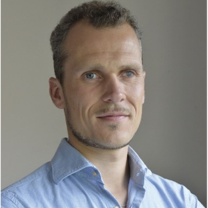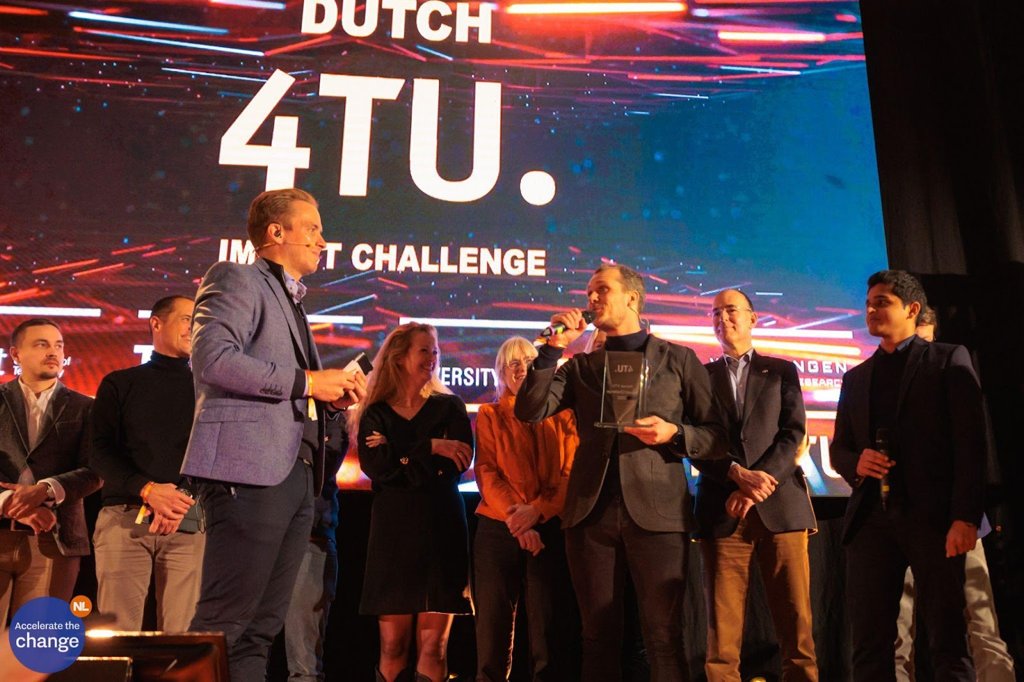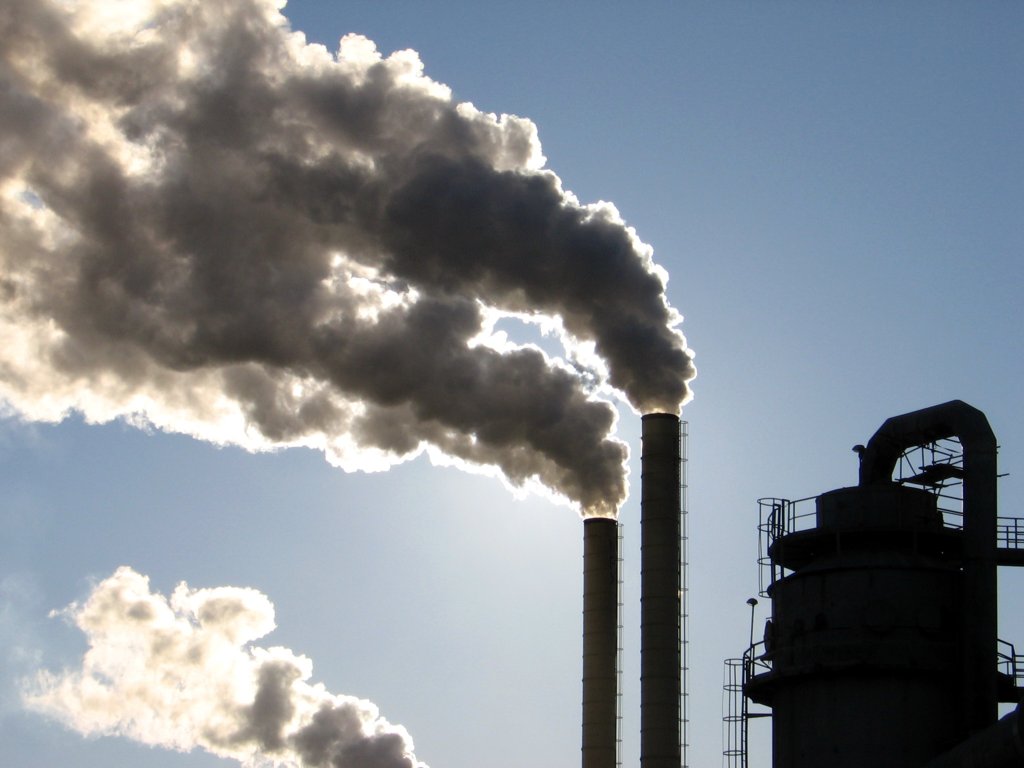Capturing CO2 with InAtmos: “Because of the task ahead of us, working together is necessary.”
Every year, we organise the 4TU Impact Challenge, in which promising startups pitch their idea for impact. In 2022, InAtmos (then CryoCop) was declared the winner. With InAtmos, Coen van den Brand and his team have developed a method to capture CO2 from industry. What has the 4TU Impact Challenge brought them? What steps have they been able to take so far - and what does the future hold for InAtmos? We spoke to Coen to see where they are now in their journey towards impact.
Climate change is one of the biggest problems of our time. The solution is less obvious. Because do we all simply have to emit less, or is it also necessary to capture CO2? Coen believes in a combination of solutions. His is carbon capture from industry. “Many industrial processes are large or difficult to make sustainable. Think of gigantic boilers or furnaces that release a lot of smoke, but also think of smaller heat and power plants. There are no suitable sustainable alternatives for these yet. Our technology ensures that flue gases are branched off from the normal process and pass through our installation, where CO2 is separated using electrical cooling. The non-harmful gases are released back outside, and the CO2 is captured in liquid form. In this entire process, we also look closely at how we can deal efficiently with energy and heat and whether we have an attractive business case, for example, by linking it to internal production processes. In this way, we can reduce CO2 emissions, optimise energy use and make the industry more sustainable more quickly.”
4TU collaboration
Coen's story is a good example of the collaboration between the four technical universities. Although he once studied at Wageningen University & Research, the other TUs also play a significant role in his startup. “After my master's, I always maintained a good connection with WUR,” says Coen. “In addition, TU Delft, TU Eindhoven and the University of Twente have all been involved from the start, because they are each working on this subject in their own way. It started with advice, but led to concrete collaborations. And we will also expand on that in the coming period with funded projects. At the UT, we have also worked extensively on our proof-of-concept over the past two years. We are very proud that three technical universities are official partners of this project and that the fourth is also behind us. Because of the task ahead of us, working together is necessary.”
Bizarre experience
After we returned, that attention continued for a few weeks, which was a huge boost for our team. Looking back, the 4TU Impact Challenge was a real milestone for us.”
Strong foundation
Coen has maintained that momentum. “We managed to find funding to make prototypes, but also to explore the market even further,” he says. “We have been working on that extensively over the past two years. We now have a proof-of-concept and have been able to develop and protect knowledge. This gives us a strong foundation on which we can build. We are still in the laboratory phase, and it takes quite a lot to get deep-tech to a ready-made product, but we are on our way to realizing a small demonstration. We want to be able to demonstrate that as soon as possible. We have not captured any CO2 yet, so in that sense our impact is limited. However, we do capture a lot of knowledge together with knowledge institutions. This is also socially relevant and can lead to publications and innovations. In that sense, we are already making an impact, especially because various researchers and market parties are involved. This process will take several years, so timing and continuity are crucial to us.”
Global CO2 capture
That continuity is guaranteed by the size and relevance of the problem. Coen: “The climate and energy transition are major puzzles we must solve together. Our technology is one of the many pieces of the puzzle. CO2 capture is sometimes seen as an interim solution; some can use that as a reason not to invest in it, while other solutions are also a big gamble in the short term. Luckily, our national policy does focus on large-scale CO2 capture. We need to focus on multiple innovations to provide options for the coming years.


